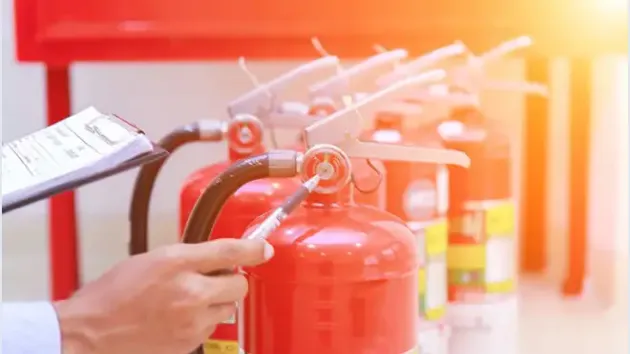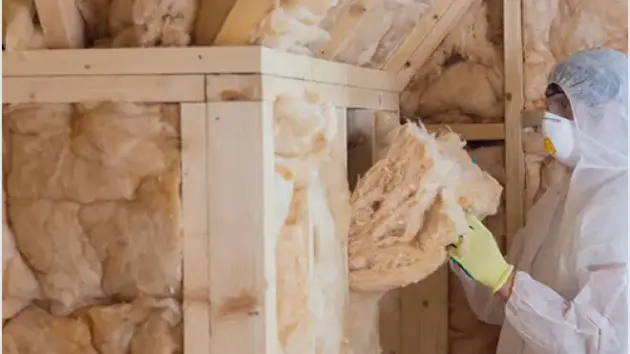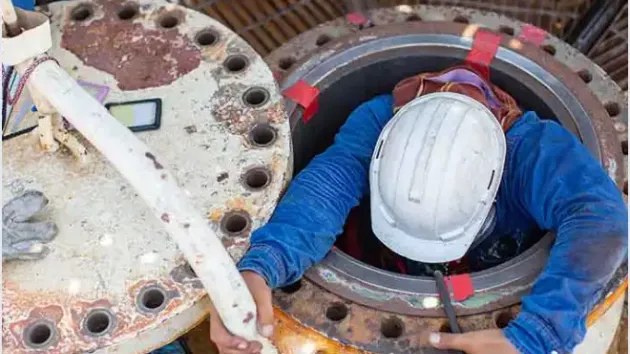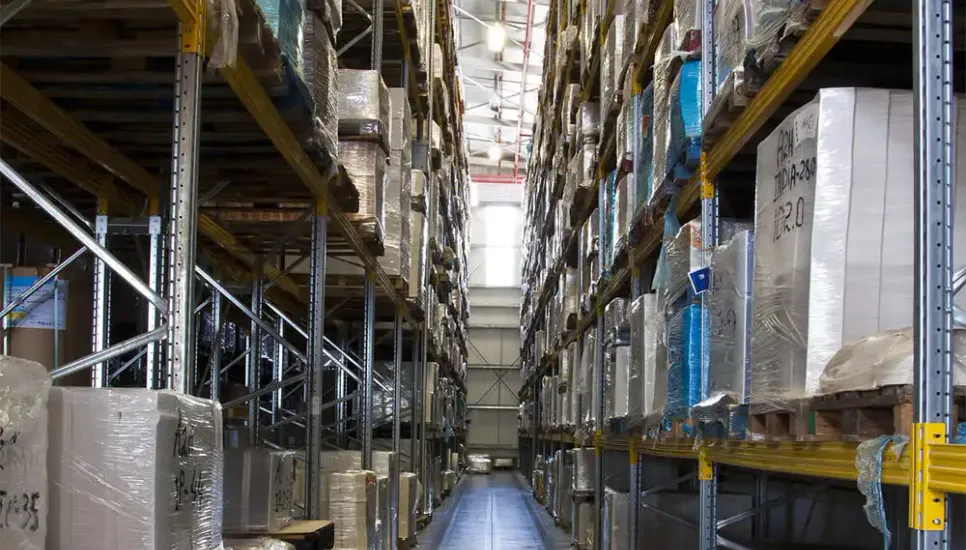Introduction
The construction, repair, and demolition of ships often consists of physically exhausting and perilous work that exposes employees to a wide range of risks, from asbestos and other hazardous materials, to heat stress, radiant energy, improperly oxygenated spaces, accidental falls, dangerous equipment, and fires. Before they can learn how to maintain their safety, shipyard employees must be properly trained to recognize the dangers of their line of work.Potential Hazards
The most common risks associated with vessel repair and demolition include:
Exposure to Asbestos and Other Dangerous Substances.
While installing or repairing insulation on a vessel, workers may inhale asbestos fibers, which can lead to respiratory irritation and eventually to a series of serious lung diseases. Even though asbestos is no longer a primary material for this purpose, employees who are required to repair old ships remain exposed. Furthermore, contemporary insulation materials – such as polystyrene, cellulose, fiberglass, or polyurethane – are highly flammable, which means that they are sometimes treated with flame-retardants. The latter are known to contain asbestos, as well as a number of other dangerous chemicals. Other substances that shipbuilders might come in contact with include toxic cleaning solvents, paints, chemical paint removers, and adhesives.Exposure to Radiant Energy.
Radiant energy is a designator for the electromagnetic energy generated by an arc or flame during common tasks such as welding. Given sufficient exposure, it can injure workers’ eyes, which is why the latter must use safety goggles, welding helmets, or other forms of protective gear for the head. Different tasks may require different protective shade numbers.Working in Confined Spaces.
The pressure vessel, boiler, cargo, oil tank, ballast, and other, similar enclosures are all confined spaces that workers may be required to enter during ship repair. Especially due to improper atmospheres, which may include and contamination with various substances and poor oxygenation, employees who do not use the proper protective gear may suffer injuries and even lose consciousness while working in these spaces.Fires.
The materials used in the construction of ships together with the fact that “hot work” – such as welding and flame-cutting – is a common part of the process may lead to an increased risk of fires. In the absence of a swift and effective response, such fire outbreaks may cost human lives and lead to significant damage of property.
Incident Prevention
Exposure to all types of hazardous substances during vessel repair and demolition can be minimized through the proper use of personal protective equipment. For example, asbestos exposure can be greatly reduced if respirators are used correctly when tasks are performed that may release asbestos fibers into the air. In addition, appropriate upper and lower body protective gear is required when working with cleaning solvents, paints, adhesives, and other potentially dangerous substances.
The right PPE can also reduce the risks associated with working in confined spaces, but rigorous training, competent supervision, and a clear plan for entry and exit must accompany the latter in order to maintain the safety of workers. Rescue equipment and medical aid must be available at all times in case of an emergency.
In terms of fire prevention, training is perhaps the most valuable tool. Employees must be aware of the locations and tasks that present an increased risk of fire. Furthermore, they must implement safety strategies that can reduce this risk and have the necessary equipment and information to respond swiftly in case of a fire emergency.
Recommended Safety Courses



What You Can Do to Stay Safe
Across all jurisdictions of Canada, the employer is legally required to provide access to necessary safety training for all shipyard workers. If you are frequently involved in vessel construction, repair, and demolition, then it is in your best interest and in the interest of your colleagues that you are appropriately trained to handle equipment, recognize potential hazards, and respond effectively during a crisis.
For a comprehensive list of safety courses that can help you prepare for this line of work, please consult our Construction industry page.



